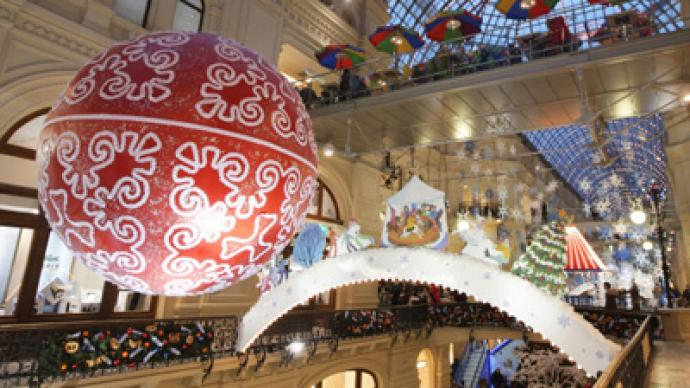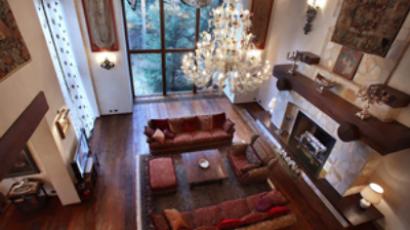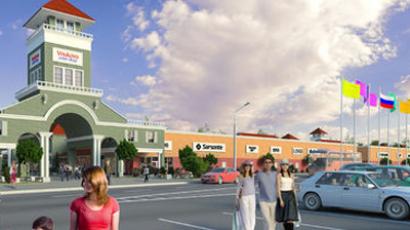Retailers develop a taste for Russian regions as demand for space grows

A recent retail report by Cushman & Wakefield shows that during 2Q 2011 retailers accelerated their chain expansion with many retail chains announcing strategic development plans with a strong regional element.
Deputy Head of Research at Cushman & Wakefield, Lada Belaychuk, says the start of the year traditionally sees high turnover levels shopping centers and retail corridors.“It was especially evident at prime retail corridors of Moscow – 25% rotation was observed in Petrovka and Stoleshnikov, 12% of retailers has changed in Tverskaya street, 16% at Pokrovka street. The vacancy rate for quality retail premises is decreasing. As the result vacancy rates in prime shopping locations do not exceed 1% for the fourth consecutive quarter. The vacancy rate in retail corridors has increased as a results of tenant rotation and continues to be on the level of 4-5% for 2011.”Viktoryia Kamliuk, Head of Street Retail Group at Colliers International, says retailers will focus on Moscow outskirts as city center has been heavily developed , and that strong growth will be underpinned by a lack of available retail sites and strong demand.“We see a growing interest of retailers for peripheral areas, areas of dense housing construction and high consumer demand. This could also be a solution to restrictions on trade center construction in the city center. We expect continued growth in demand for street retail on the back of trade center projects deficit over the next couple of years. However, the tendency has a long term gradual effect. We don’t see a significant boom of retail expansion in the first half of 2011. General rates growth and lease area deficit will continue throughout 2011.”More retailers are announcing strategic development plans, including not only Moscow, but Russian regions says Belaychuk from Cushman & Wakefield“The most active are food retailers as Magnit, X5 Retail Group, Diksi and Billa, and consumer electronics retailers – M.Video, re:Store Retail Group. Retailers have appetite for Moscow regions and further to other cities, not limiting their interest to cities with up to 1 million citizens, but also considering cities with 500,000 population.”Prime rental rates for shopping centers as well as retail corridors are growing all over Russia, says Belaychuk. But many shopping centers, either newly opened or poorly developed older ones with low average footfall rates are affecting by decreasing or marginally improving rents.“Rental rates in the best shopping centers and prime retail corridors are growing up to 10% in Q2. Meanwhile in the bulk of shopping locations rental rates stay the same, especially in Russia regions. Russia retail market is now in the classic situation of post-crises recovery. Retailers are looking for expansion, but existing supply could not meet their growing demand”
Rental rates and vacancy rates for Tverskaya street (Moscow)
Viktoryia Kamliuk, Head of Street Retail Group at Colliers International noted that rates growth aligned largely with the consumer price index “The street retail market shows gradual increase of rental rates, particularly in Moscow downtown and Uptown. The rates on highly loaded streets with high footfall levels are skyrocketing and in some trading areas they have already reached the pre-crisis levels.”














